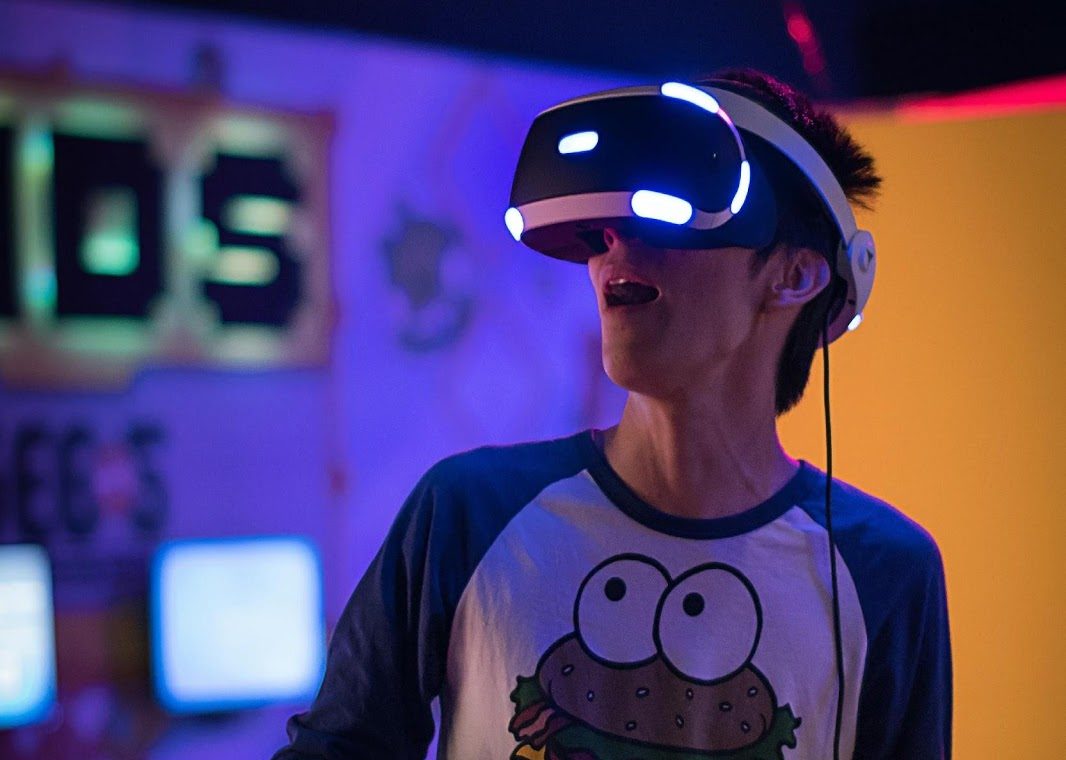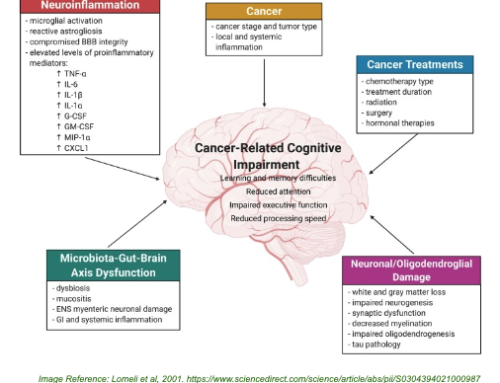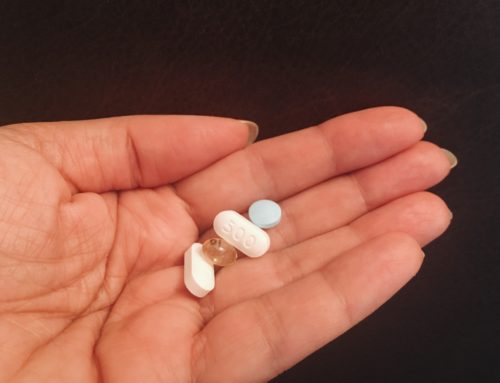It’s well documented that when patients have greater involvement and more engagement in the healthcare process, the result is improved patient outcomes, lower costs and increased satisfaction with care.
It’s also becoming clear that patients want a more active role in decision-making and better ownership of health self-maintenance. There are many examples of this. A 2015 study of patients facing two surgical options for ulcerative colitis found that patients spent an average of 5.5 hours researching their options, consulted the internet and family and friends, as well as their doctors. Almost all of the patients in the study wanted ownership to make the decision themselves, considering all the information they had gathered.
A broader example is the ‘Nuka Model’ in Alaska. Alaska Native and American Indian people took full ownership of their own health care in 1998. They transitioned from ‘patients’ to ‘Customer-Owners’ and began to work together in a partnership with their care providers. The previous system had long wait times, ineffective care provisions and minimal patient involvement in diagnosis and treatment. The Nuka model has resulted in a 23% reduction in ER visits for customer-owners from 2008-2015. Overall health outcomes, customer-owner satisfaction and behavioural health all improved, as well as employee satisfaction.
If we know that engagement and ownership of health status and decisions ultimately improves health outcomes, how can we encourage this in our patient populations?
The future of modern medicine will revolve around preventing disease, rather than reactively treating existing disease and dysfunction.
One major element of the future of healthcare will be the move towards centralising of patient data and encouraging patient ownership over this data. The goal being that a more intimate knowledge of each individual’s health data will result in that person being more interested in their own health journey and status.
However, just owning data doesn’t mean that people will engage with it. The question remains how we can encourage people to play a greater role in their own health?
There are two major strategies being explored in the healthcare sector to involve and engage patients in their own health; behavioural health and healthcare gamification.
Behavioural Health

Behaviour has a huge influence over an individual’s health outcomes. Virtually every choice in life has an impact on our health: from sleep, food and physical activity to environment, work and even social circles. The choices we make can predict or prevent many chronic diseases.
Additionally, the cost of treating preventable diseases that are influenced by lifestyle or behaviour change represent a huge burden on western health budgets. It’s no wonder then that behaviour change health is a widely studied and well-resourced area of interest.
Consider issues such as smoking, excessive alcohol consumption, lack of exercise and poor diet; four widely studied health behaviours all of which have negative health impacts.
Many studies have been conducted on various behaviour change interventions aimed at changing or reducing behaviours related to these four habits. These studies focus on behavioural approaches to health improvement based on social psychology theories. The strategies may be universal and applied across a large population, or targeted and implemented in a specific area to an at-risk-group.
Historically these behaviour change interventions have had varied levels of success. The most successful strategies are those that are the most intensive, specific and targeted. In the case of individuals dealing with alcohol consumption behavioural change, participants fare better with face-to-face intervention dedicated to goal-setting, commitment and social interaction.
The trouble here is that these strategies cannot be applied to broad population groups and it is not feasible to apply intensive strategies on a large scale. Universal strategies such as social marketing campaigns have smaller, but significant success, are cost effective and have a wide reach.
Another factor to consider is that higher education levels generally predict greater health literacy, healthier behaviour and greater involvement in the healthcare process.
Healthcare Gamification

Gamification is already permeating healthcare. From step count competitions between friends, to weight loss applications sending daily nudge reminders. We see the application of game-design elements and gaming principals in many aspects of health.
Gamification also presents a unique opportunity to enhance behavioural health strategies for a more successful approach to preventative healthcare. Games engage people. They tap into what entertains us, what excites us and what keeps us interested.
If we consider our previous four health behaviours, we can start to see how gamification can enhance behavioural healthcare.
You only need to look to activity trackers such as FitBit and Garmin to see how these devices can motivate and create personalised change. Step count competitions, movement reminders and seeing friends progress can motivate people to work harder, move more and increase their physical activity levels.
There are also applications such as CaféWell that offer personalised programs to motivate you to exercise more, de-stress or eat better, depending on your own goals.
We know goal setting, commitments, feedback on performance and self-monitoring are effective behaviour change strategies and result in better outcomes in adults. The traditional problem with these strategies has been the feasibility of delivering personalisation on a large scale. Applications such as CaféWell offer a solution.
Healthcare providers can create their own wellness apps or partner with app providers to create programs that can be personalised for patients’ specific needs. Additionally, the gamification of these applications, when paired with behaviour change principals, offers a higher chance at engagement.
Physicians and therapists can send their own automated reminders for follow up appointments, and to remind patients to take medicine, check their blood pressure etc. Patients can collect prizes, grow a plant for every glass of water that they drink or be rewarded with a 3D view of the Brooklyn Bridge after reaching a certain step count.
Patients can allow access to their healthcare team and are held accountable to the tasks set by each. Meanwhile the clinician can see how their patient is tracking across all aspects of their health.
Gamification can also be used as a preventative tool. Consider that health literacy is a major factor in the engagement levels of patients. Healthcare applications and games aimed at kids and teens can be informative and work to reduce the health literacy gaps in lower socioeconomic populations. This can also work to engage a new population of healthcare consumers, to encourage positive healthcare behaviours and prevent a suite of chronic diseases later in life.
If the future of healthcare aims to be patient-centric and preventative, then we must find ways to innovate. The gamification of behavioural change strategies offers a unique opportunity to pair old and new approaches to engage patient populations and encourage greater ownership of their health.
Bibliography
- Baum, F., Fisher, M. (2014). Why behavioural health promotion endures despite its failure to reduce health inequities. Sociaology of Health & Illness, Vol 36, Issue 2
- Conner, M., Norman, P. (2017) Health behaviour: Current issues and challenges, Psychology & Health, 32:8, 895-906, DOI: 10.1080/08870446.2017.1336240
- Noblin, A. M., Wan, T. T., & Fottler, M. (2012). The impact of health literacy on a patient’s decision to adopt a personal health record. Perspectives in health information management, 9(Fall), 1–13.
Digestive Disease Week. (2015, May 18). Patients seek greater ownership of health-care decisions. ScienceDaily. Retrieved May 30, 2020 from www.sciencedaily.com/releases/2015/05/150518102125.htm



